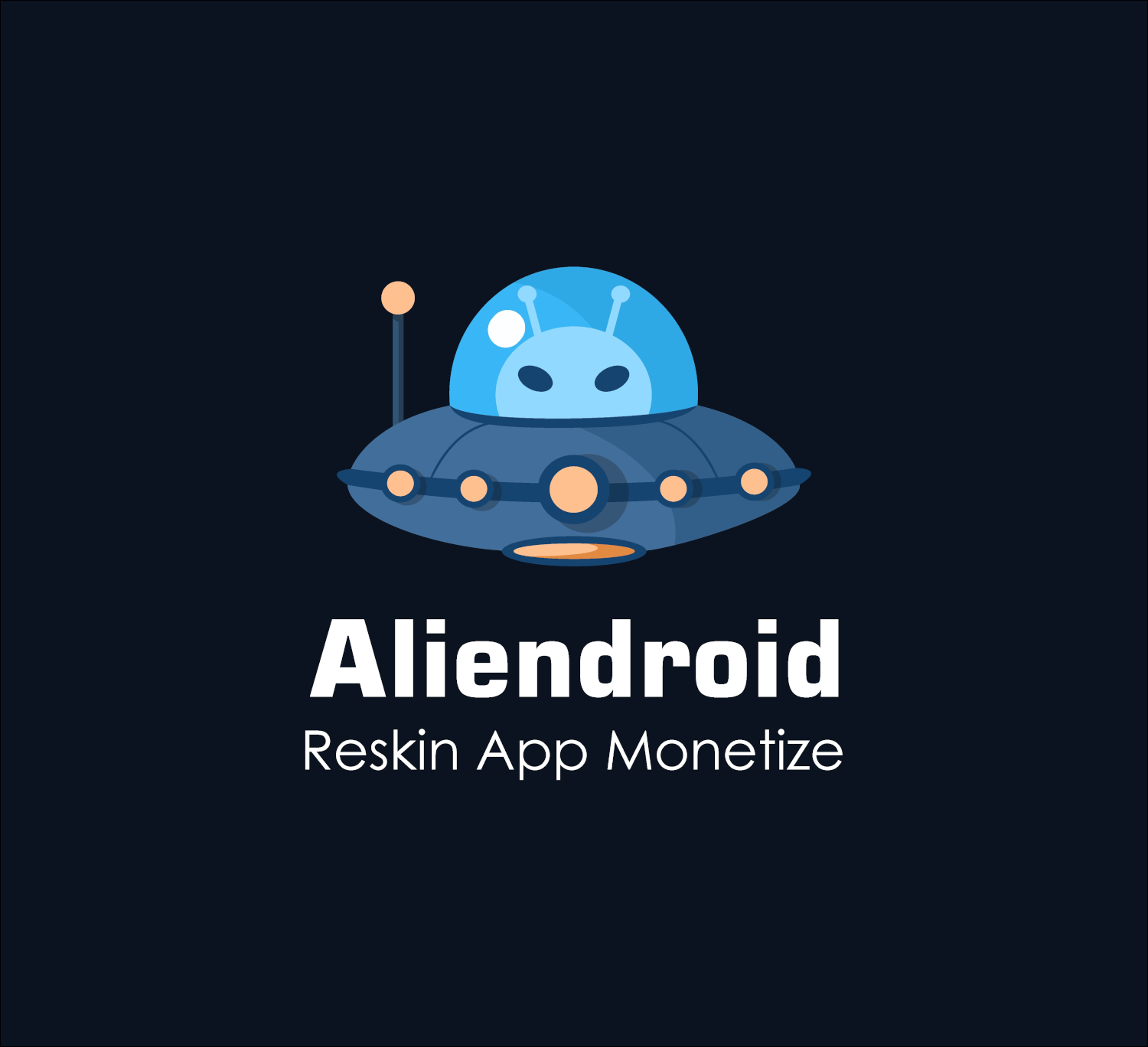A Comprehensive Comparison of AdMob and Meta Ads: Open Bidding vs Waterfall Mediation

In the world of mobile app monetization, AdMob (by Google) and Meta Ads (formerly Facebook Audience Network) are two of the most popular ad networks used by developers to maximize revenue. Each platform offers different approaches to ad delivery, including Open Bidding and Waterfall Mediation. In this article, we’ll explore the differences between these platforms and compare their ad-serving techniques, focusing on Open Bidding vs Waterfall Mediation.
Overview of AdMob and Meta Ads
-
AdMob: A product by Google, AdMob offers a wide range of monetization tools, including banners, interstitials, native ads, and rewarded ads. AdMob is widely known for its deep integration with Google’s vast advertising ecosystem, making it one of the most versatile and accessible ad networks for app developers.
-
Meta Ads (Facebook Audience Network): Meta Ads extends Facebook's advertising power to third-party apps. It specializes in high-quality, targeted ads due to the depth of Facebook’s user data. Meta Ads supports a range of ad formats, such as native ads, rewarded videos, and banners, with a strong focus on user experience and audience targeting.
What is Waterfall Mediation?
Waterfall Mediation is a traditional method of serving ads where an ad request is sent to a series of networks in a prioritized order based on historical eCPM (Effective Cost Per Thousand Impressions). The highest-paying network is given the first opportunity to fill the ad request, and if it fails, the request moves down the list to the next network, and so on, until the request is filled.
-
Pros of Waterfall Mediation:
- Predictable eCPM based on historical data.
- Developers have control over the order of ad networks.
- Simplicity in setup and integration.
-
Cons of Waterfall Mediation:
- Inflexible in real-time bidding.
- Potential for lower fill rates if higher-priority networks fail.
- Not dynamic enough to adjust based on the real-time value of the ad impression.
Example:
- A request is first sent to Network A, which historically offers an eCPM of $10. If Network A doesn’t fill it, it moves to Network B with an eCPM of $8, and so on.
What is Open Bidding?
Open Bidding (also known as Header Bidding) allows multiple ad networks to bid on an ad request simultaneously, in real-time, creating a more dynamic and competitive auction environment. This means the highest bidder gets to serve the ad, regardless of historical eCPM, ensuring developers get the most value for every impression.
- Pros of Open Bidding:
- Real-time competition among ad networks leads to higher revenue.
- Improved fill rates as multiple networks bid at once.
- More efficient compared to the waterfall system, reducing latency.
- Cons of Open Bidding:
- May require more advanced setup and integration.
- Less control over which networks are serving ads.
Example:
- When an ad request is made, networks such as AdMob, Meta Ads, and others compete in real-time, and the highest bidder wins the auction, maximizing revenue for the developer.
Comparison: AdMob vs Meta Ads
1. Ad Formats and Coverage
- AdMob: Supports a variety of ad formats, including banner ads, interstitial ads, native ads, and rewarded ads. It also offers tools for in-depth reporting and analytics to optimize ad performance.
- Meta Ads: Known for its high-quality native ads and rewarded video formats. Meta Ads taps into Facebook’s audience data, offering highly targeted ads that can improve user engagement.
2. Audience Targeting
- AdMob: Leverages Google’s vast user base, providing robust targeting options based on behavior, demographics, and interests.
- Meta Ads: Uses Facebook’s data-rich ecosystem, offering precise audience targeting that’s hard to match. Meta Ads is highly effective for developers who want to reach specific user segments.
3. Revenue Models
- AdMob: Works well with both Waterfall Mediation and Open Bidding. Google’s AdMob platform provides flexibility for developers, giving them access to Google’s premium advertisers.
- Meta Ads: Primarily focuses on Open Bidding, ensuring that every impression is sold to the highest bidder in real-time.
4. Reporting and Analytics
- AdMob: Provides detailed reporting with advanced analytics, allowing developers to track ad performance and make data-driven decisions.
- Meta Ads: Also offers robust reporting tools, with a focus on user engagement and ad performance metrics driven by Facebook’s deep data.
Open Bidding vs Waterfall: Which is Better?
Waterfall Mediation is a traditional and often simpler method, suitable for developers who want control over the order of ad networks and value predictability. However, it is limited by its lack of real-time competition, which can result in missed revenue opportunities.
On the other hand, Open Bidding provides a more dynamic approach by allowing networks to compete in real-time. This often leads to higher eCPM and better fill rates. While Open Bidding may require a more complex setup, its efficiency and ability to maximize revenue make it the preferred choice for many developers.
AdMob offers both Waterfall Mediation and Open Bidding, making it versatile depending on the developer’s needs. Meta Ads, meanwhile, emphasizes Open Bidding, leveraging Facebook’s vast advertising ecosystem to offer competitive real-time bids for ad impressions.
Conclusion: Choosing the Right Platform
Both AdMob and Meta Ads are powerful ad platforms, but they serve slightly different purposes. AdMob’s flexibility with both Waterfall and Open Bidding makes it a great choice for developers who need versatility in ad management. Meta Ads, with its focus on Open Bidding and audience targeting, is ideal for developers looking to maximize revenue with real-time bidding and advanced user targeting.
Ultimately, your choice between the two platforms—and between Open Bidding and Waterfall Mediation—should depend on your app’s audience, your monetization goals, and how much control you want over the ad-serving process.
 English
English Bahasa
Bahasa




